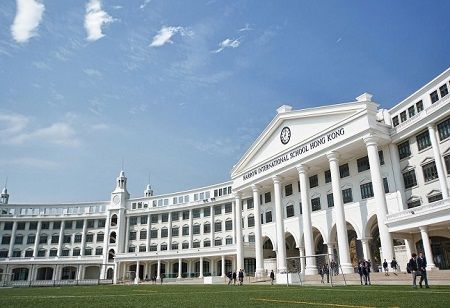According to the latest census report, Hong Kong's international schools have reached their highest student numbers in 11 years, with an 18 percent increase compared to 2013. In contrast, the proportion of students in local government and aided schools has dropped to an all-time low, showing a 12 percent decrease over the same period.
The data comes from a headcount survey of kindergartens, primary, secondary, and special schools conducted last September. The total school enrollment in the city for the current academic year is 799,025 students, which represents an 11 percent decrease from 894,071 in the 2013-14 academic year. Notably, the number of students in primary and secondary international schools has risen to an 11-year high of 42,074, up from 35,580 in 2013-14.
According to the Education Bureau, the city’s international school sector is designed to meet the needs of non-local families, particular cultural or linguistic groups, or students who do not wish to sit for local examinations. The Post earlier reported that the number of Hong Kong students in international schools tripled between 2013 and the current academic year, while the proportion of non-locals declined sharply.
In 2013, non-local students constituted 81 percent of enrollments in international schools, but this proportion has decreased to 65 percent in the current school year. Over the past five years, the number of students in government and aided primary and secondary schools offering a local curriculum has declined consecutively, reaching an 11-year low of 511,790—a 12 percent decrease from 583,558 in the 2013-14 academic year. During this period, the number of government and aided schools has slightly decreased from 849 to 847. Additionally, enrollments in semi-private schools, including those under the Direct Subsidy Scheme (DSS), which receives significant government subsidies but also charges tuition fees, have dropped by 3 percent over the same 11-year span, totaling nearly 62,000 students.
Lee Yi-ying, a secondary school principal and chairwoman of the Subsidised Secondary School Council, said some parents thought international schools could offer their children better preparation and exposure, which she described as a misunderstanding. “Some parents plan to send their children to study overseas or want to widen their international horizons, but our Diploma of Secondary Education [DSE] also offers the syllabus which also lets students cope with the curriculum in overseas education”, she said, referring to the city’s university entrance exam.
Lee Yi-ying urged education authorities to consider relaxing the grading system to enable more students, especially high achievers, to receive top scores. She pointed out that the percentage of top grades in other international exams is higher than in the local system. She also recommended that education authorities continue to refine the DSE curriculum and actively promote it both locally and internationally. Additionally, she noted that some parents, including those from the mainland, perceive the DSE as more challenging compared to international curricula.

